Six Nations 2015: Five things we learnt from France vs Scotland?
A look at the key talking points from Scotland's near miss in Paris
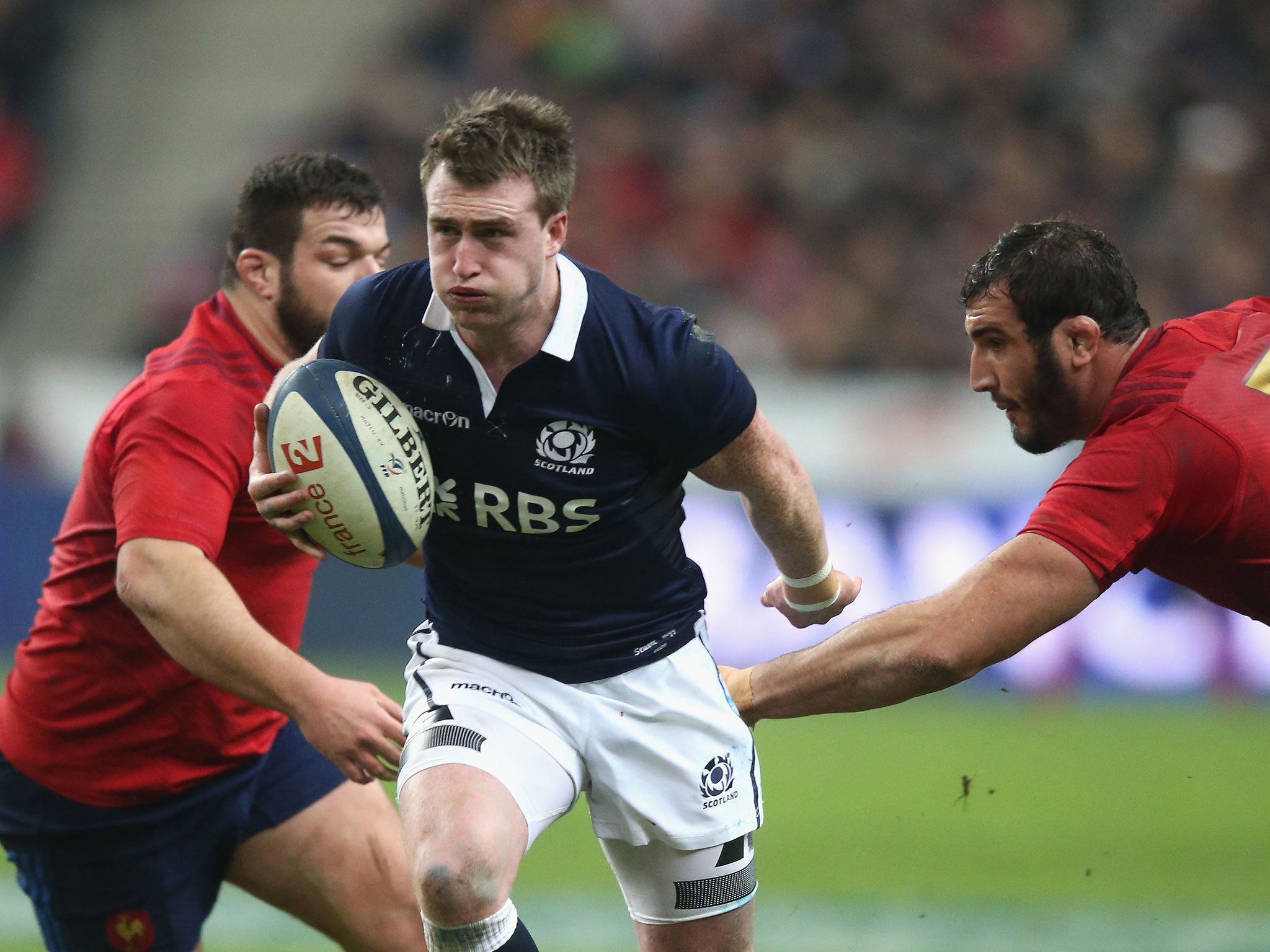
Your support helps us to tell the story
From reproductive rights to climate change to Big Tech, The Independent is on the ground when the story is developing. Whether it's investigating the financials of Elon Musk's pro-Trump PAC or producing our latest documentary, 'The A Word', which shines a light on the American women fighting for reproductive rights, we know how important it is to parse out the facts from the messaging.
At such a critical moment in US history, we need reporters on the ground. Your donation allows us to keep sending journalists to speak to both sides of the story.
The Independent is trusted by Americans across the entire political spectrum. And unlike many other quality news outlets, we choose not to lock Americans out of our reporting and analysis with paywalls. We believe quality journalism should be available to everyone, paid for by those who can afford it.
Your support makes all the difference.France edged past Scotland in a fiercely physical contest at the Stade de France on Saturday.
Camille Lopez kicked 15 points for the hosts as they narrowly overcame a spirited Scotland side.
But what did we learn from this encounter?
Stuart Hogg is set to shine
After Wales were run ragged by the speed and skill of several English backs on Friday, they will be keeping a close eye on Hogg next weekend.
Hogg became Scotland's villain in the last game of their 2014 Six Nations campaign, when he was sent off for a late tackle on Dan Biggar in Cardiff, but the British and Irish Lions full back started this season's tournament with an electrifying performance.
Hogg was Scotland's stand out performer and their most dangerous ball carrier, throughout their opening encounter. He carved through the French defence on numerous occasions and cleaned up all of France's probing kicks with confidence.
Scotland have showed a lot more attacking intent under Vern Cotter, but Hogg remains their biggest threat with the ball in hand, due to his searing pace and insatiable appetite for adventure.
Biggar will be wary of the timing of Hogg's tackles, but the Welshman be more worried about sending any loose kicks in the direction of Europe's most competent counter attacker.
France are keen to keep the ball alive
As a player, Saint Andre was a fleet-footed winger, who looked to elude defenders with pace. As a coach, he seems determined to assemble a gigantic side that can overpower any opposition.
At times, Les Blues solely rely on their brawn, but their big balls carriers are always eager to offload and shift the point of contact.
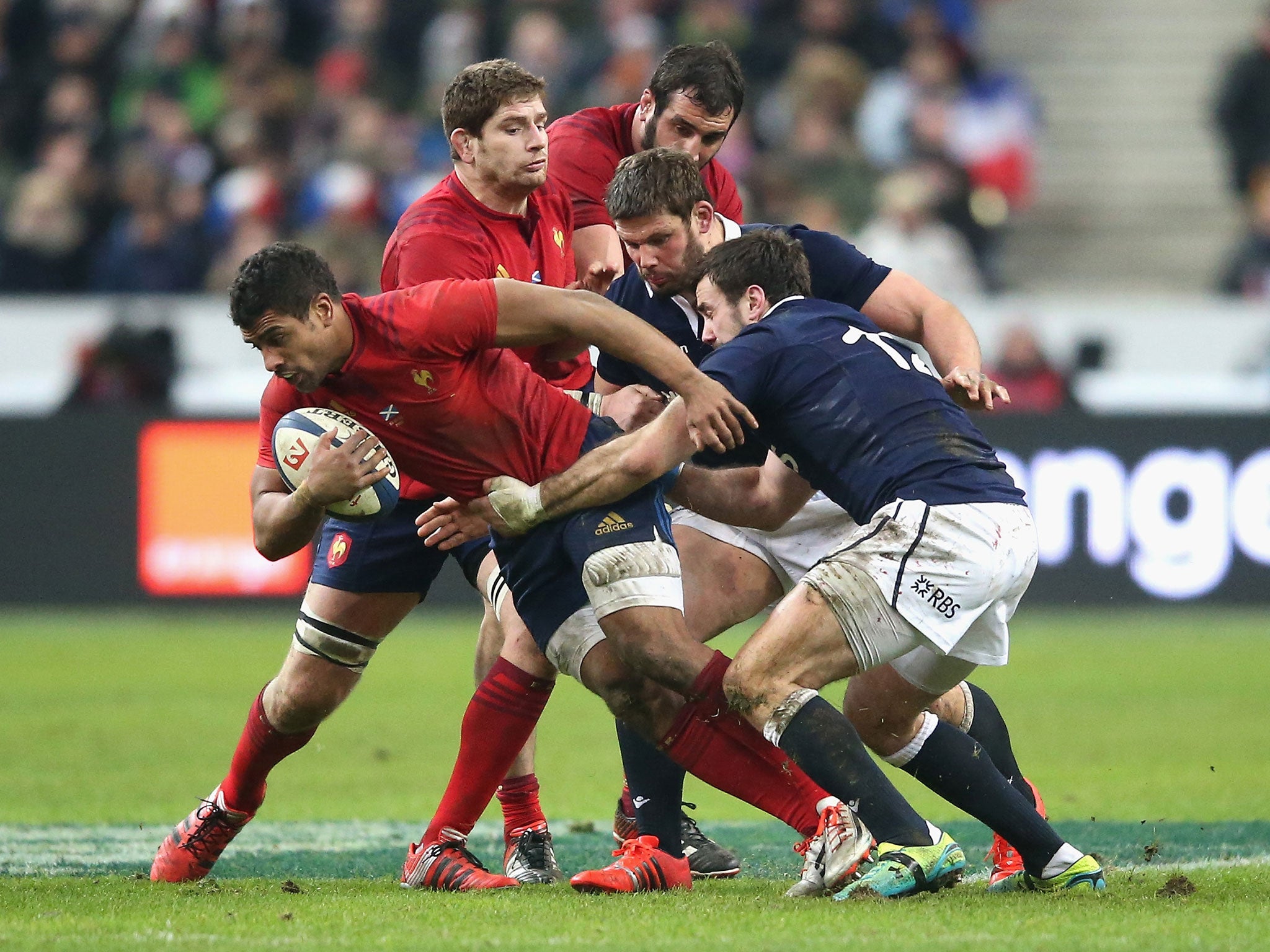
Most top 14 teams are advocates of the offload and Saint Andre is obviously keen for his players to showcase their abilities on the international stage.
The hosts completed 15 offloads in their Six Nations opener, six more than the Scots and although they were not rewarded with many more metres overall, it often got them over the gain line and prevented the Scottish pack from disrupting their ball at the breakdown.
Their approach asked a lot of questions of the Scottish defence, which the visitors answered, but how will the other nations cope with such intricate passing in close-quarter contests?
France want to play with power not pace
While Scotland's piano players were dancing through the French defence, the hosts were relying on their monstrous shifters, to bully their way over the gain line.
But although the French forwards generated plenty of front-foot ball with their abrasive carriers and deft handling, Camille Lopez struggled to set his backline in motion.
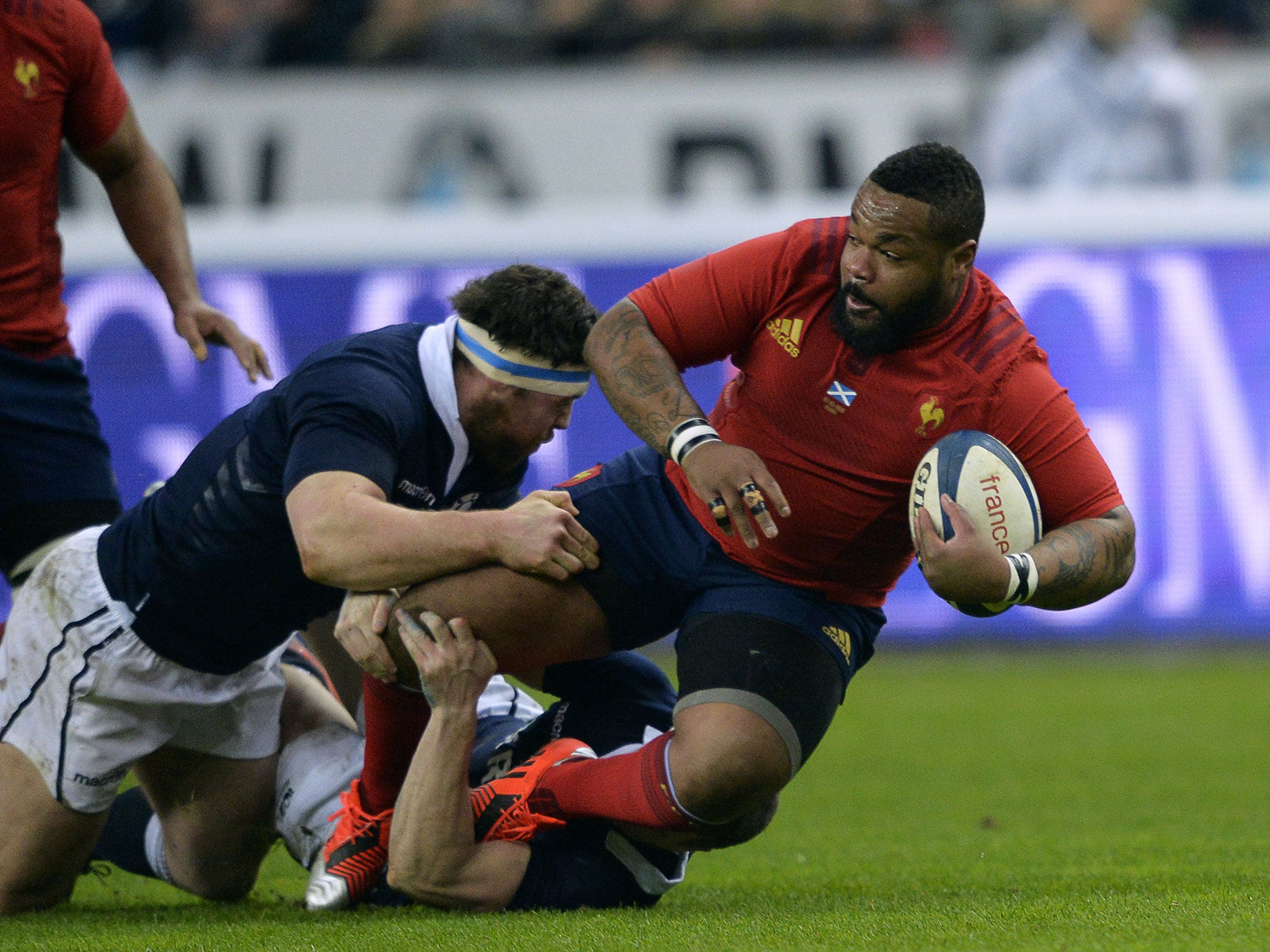
Saint Andre has placed plenty of emphasis on power but not a lot else, France looked blunt and one dimensional at times and when they went wide, Les Blues struggled to penetrate the Scottish defence, even when they were scrambling.
Lopez and Rory Kockott were the 14th half back partnership to start under Saint Andre but they were unable to get France over the line.
However, France will take encouragement from Morgan Parra's performance. Kockott was replaced by Parra after 54 minutes and the Clermont half back immediately raised the tempo with some swift distribution, probing darts and clever kicks. He will surely start against Ireland.
Vern Cotter has instilled a Laissez faire approach
The resurgent Scots look nothing like the side that failed to score a single point against the English last February or team that mustered just three points against Wales in Cardiff.
According to Hogg, the former Clermont Auvergne coach has told his players to "go out and enjoy your rugby and express yourselves." and his adventurous approach has clearly vitalised Scotland.
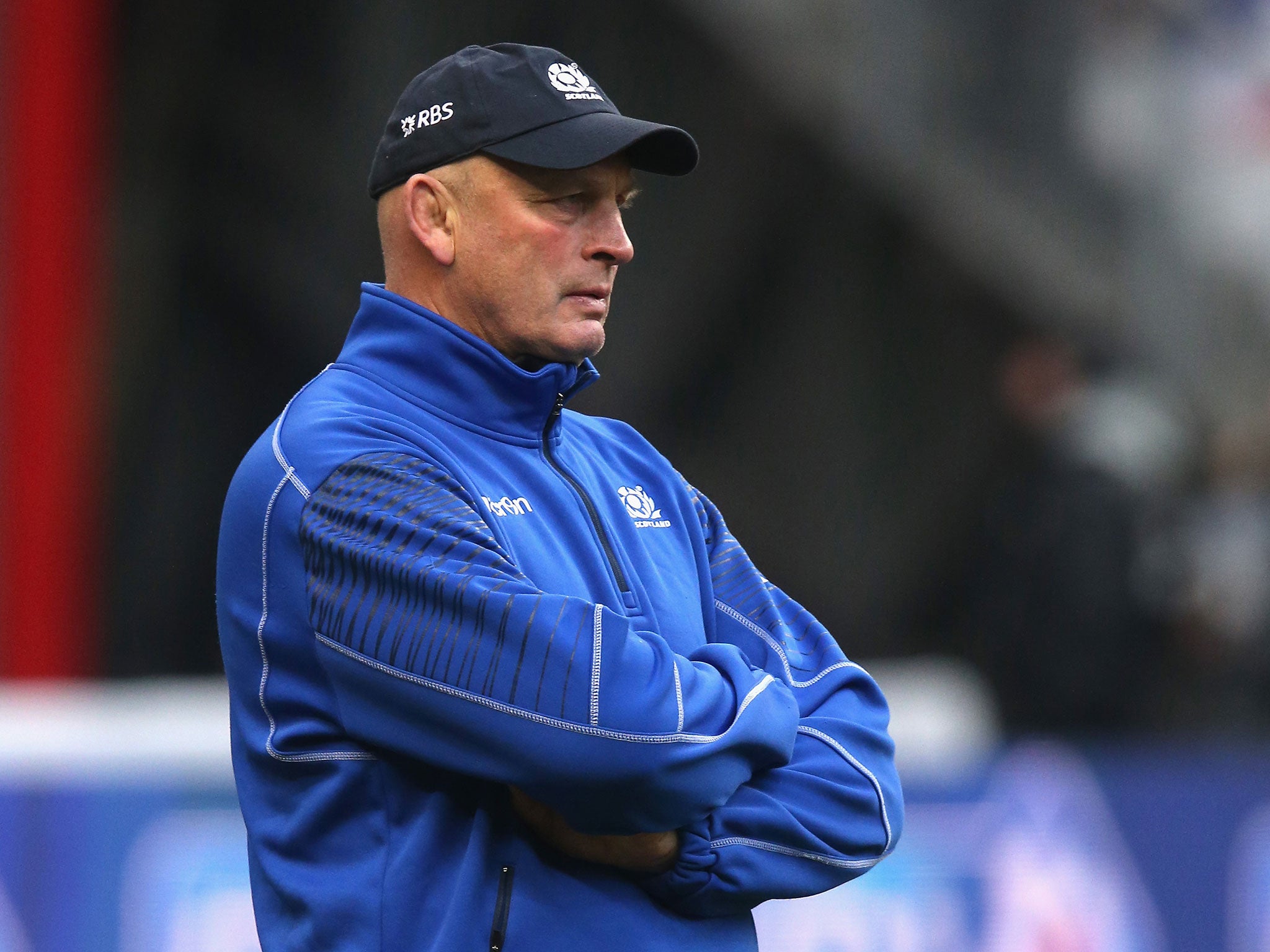
Before Saturday evening's encounter, Scotland had scored 17 trys in Cotter's seven-Test reign and in Paris they looked eager to attack throughout, despite lacking possession for long periods.
Cotter has big attacking aspirations for his side and he aims to achieve them by infusing his side with many of the players that have transformed Glasgow Warriors into one of the most formidable offensive forces in the Pro 12.
Scotland's starting XV contained eight Glasgow players, including their two standout performers, Hogg and Finn Russell.
Scotland's scrum looked strong
Many visiting teams struggle in the set piece at the Stade de France, but Scotland's pack had the edge in the scrum and they won all of their own put ins until France introduced Uini Atonio in the second half.
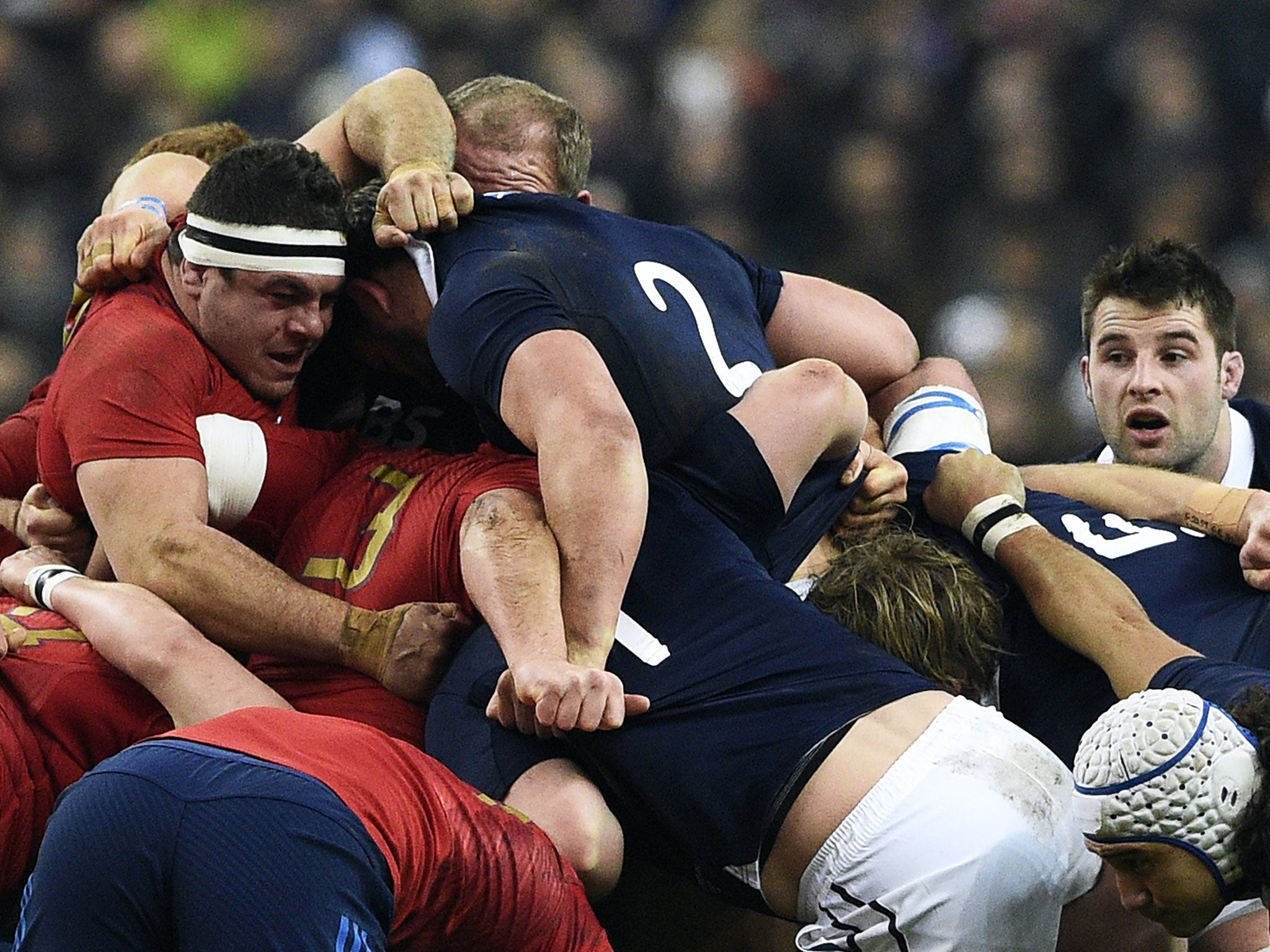
France would have targeted the Scottish scrum before the match and if Scotland had crumbled under the awesome power of the French pack, Lopez's meticulous boot would have made Scotland pay.
But surprisingly, the hosts struggled in the scrum and they were unable to utilise one of their most effective attacking weapons.
However, Scotland will be without Euan Murray against Wales as the match falls on a Sunday, and he will be sorely missed after he anchored the Scottish scrum in Paris.
Join our commenting forum
Join thought-provoking conversations, follow other Independent readers and see their replies
Comments